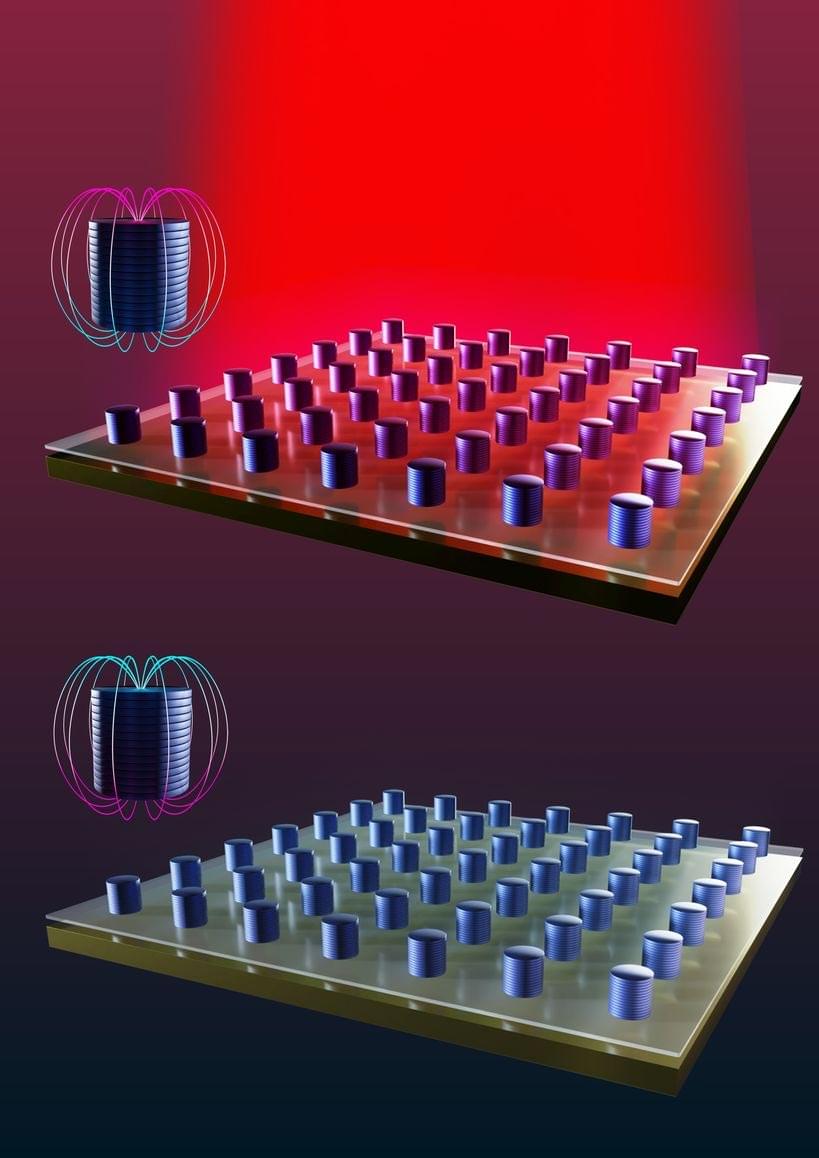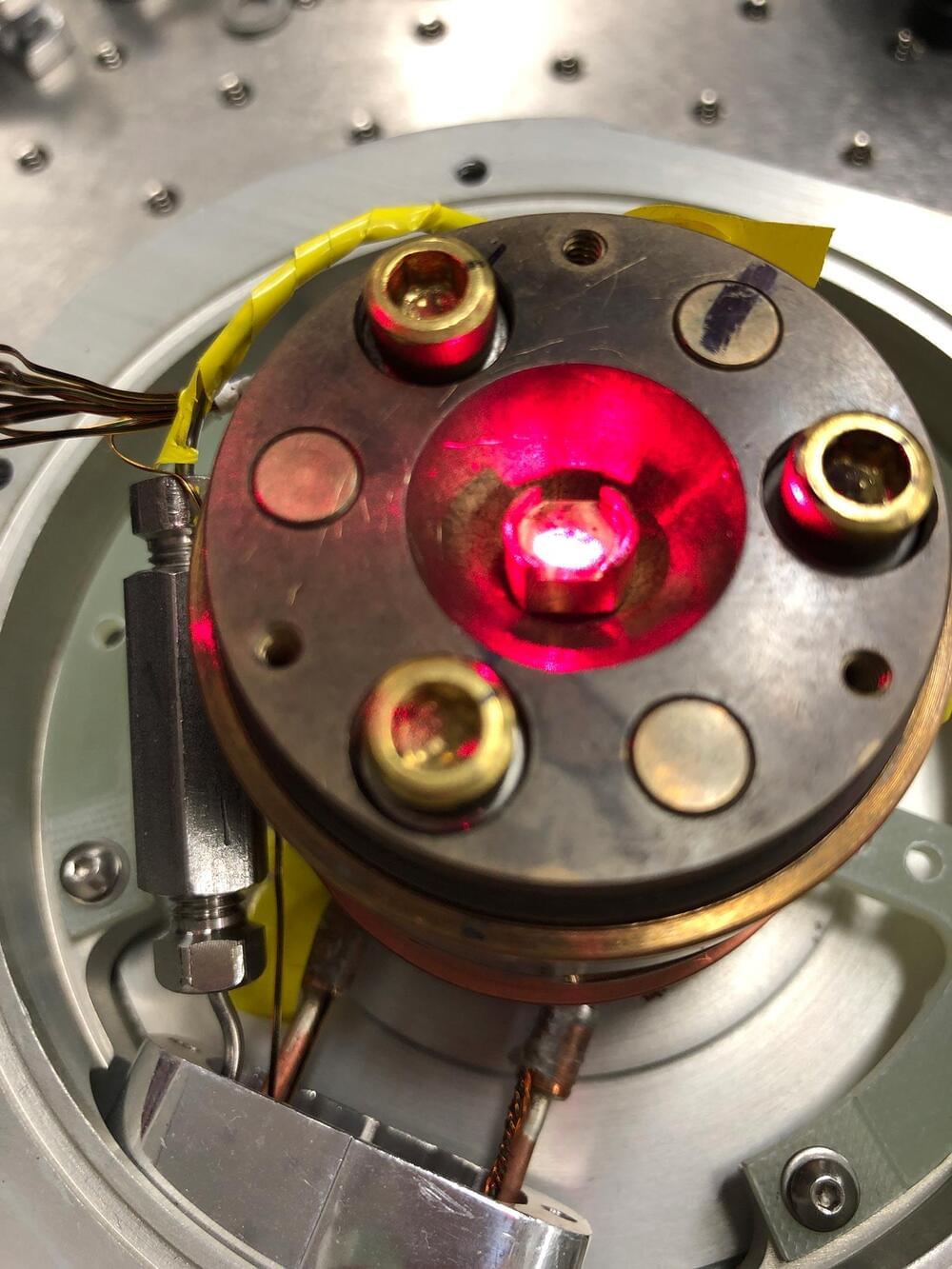Tesla is opening two new factories shortly, demand for its vehicles is off the charts, and the world is openly welcoming EVs. Will the company’s stock soar?
Get the latest international news and world events from around the world.

Japan’s EV war against China: Toyota to flood Chinese markets with affordable cars from next year
With affordability in its latest offering, Toyota wants to eliminate the only advantage that Chinese automobile makers enjoy: competitive prices.
Japan is a world leader in automobile technology. Apart from Germany, no one can compete in the automobile sector. And if you need any evidence to corroborate this fact, you need to look no further than Toyota, a globally loved automobile brand that has produced some of the best cars to date. And now Toyota is looking to aggressively dominate the Chinese electric vehicles (EV) market with some affordable cars from next year.
Toyota to launch an all-electric small sedan in China:
Toyota Motor Corp. has made plans to launch an impressive, all-electric small sedan in China late next year. It will turn to local partner BYD for key technology and create an affordable yet spacious EV for the Chinese market.


Is social media killing intellectual humility?
An echo chamber is an infinity of mirrors. Photo: Robert Brook via Getty Images
“One way the internet distorts our picture of ourselves is by feeding the human tendency to overestimate our knowledge of how the world works,” writes philosophy professor Michael Patrick Lynch, author of the book The Internet of Us: Knowing More and Understanding Less in the Age of Big Data, in The Chronicle of Higher Education. “The Internet of Us becomes one big reinforcement mechanism, getting us all the information we are already biased to believe, and encouraging us to regard those in other bubbles as misinformed miscreants. We know it all—the internet tells us so.”




Advancing Optical Signal Processing: Using Magnets To Toggle Nanolasers Leads to Better Photonics
Controlling nanolasers with magnets lays the groundwork for more robust optical signaling.
A magnetic field can be used to switch nanolasers on and off, shows new research from Aalto University. The physics underlying this discovery paves the way for the development of optical signals that cannot be disturbed by external disruptions, leading to unprecedented robustness in signal processing.
Lasers concentrate light into extremely bright beams that are useful in a variety of domains, such as broadband communication and medical diagnostics devices. About ten years ago, extremely small and fast lasers known as plasmonic nanolasers were developed. These nanolasers are potentially more power-efficient than traditional lasers, and they have been of great advantage in many fields—for example, nanolasers have increased the sensitivity of biosensors used in medical diagnostics.

Transforming Materials With Light — Enabling Windows That Transform Into Mirrors and Super High-Speed Computers
Imagine windows that can easily transform into mirrors, or super high-speed computers that run not on electrons but light. These are just some of the potential applications that could emerge from optical engineering, the practice of using lasers to rapidly and temporarily change the properties of materials.
“These tools could let you transform the electronic properties of materials at the flick of a light switch,” says Caltech Professor of Physics David Hsieh. “But the technologies have been limited by the problem of the lasers creating too much heat in the materials.”
In a new study in Nature, Hsieh and his team, including lead author and graduate student Junyi Shan, report success at using lasers to dramatically sculpt the properties of materials without the production of any excess damaging heat.